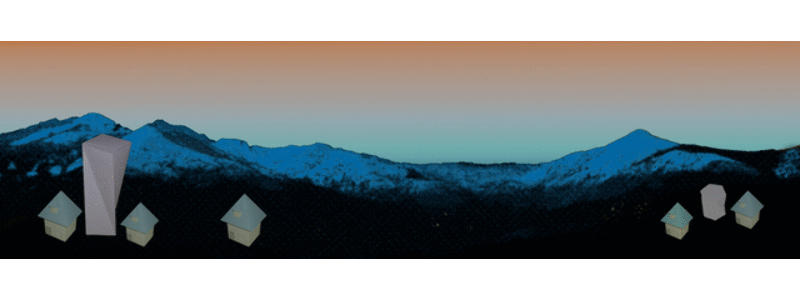According to their website “Jefferson Land Trust is a private, non-profit, grass-roots organization. Our mission is to help the community to preserve open space, working lands and habitat in Jefferson County on the beautiful Olympic Peninsula of Washington State. Landowners work with a Land Trust when they wish to permanently protect wetlands, floodplains, farmlands, wildlife corridors, and scenic areas from inappropriate development.
Jefferson Land Trust provides many services to landowners throughout our area. We help choose protection strategies that meet landowners’ conservation and financial needs.
The Land Trust may become the owner of a particular piece of property, or we may hold the development rights transferred by a conservation easement. Through transferring ownership or development rights to the Trust, a property owner may gain access to reductions in both federal and state taxes.
We work creatively with local residents, governments, agencies, and community groups on numerous collaborative projects. These include the Quimper Wildlife Corridor, a greenbelt of wetlands; Chimacum, Salmon and Snow Creeks, salmon habitat protection; and the Food Farm Network, promoting local sustainable agriculture.
Perhaps most importantly, our responsibility as a Land Trust obligates us to maintain a vigilant watch over these protected lands forever.”
Organization Type:
Website
Contact e-mail
Telephone
Address
1033 Lawrence Street
Port Townsend, WA 98368
United States
